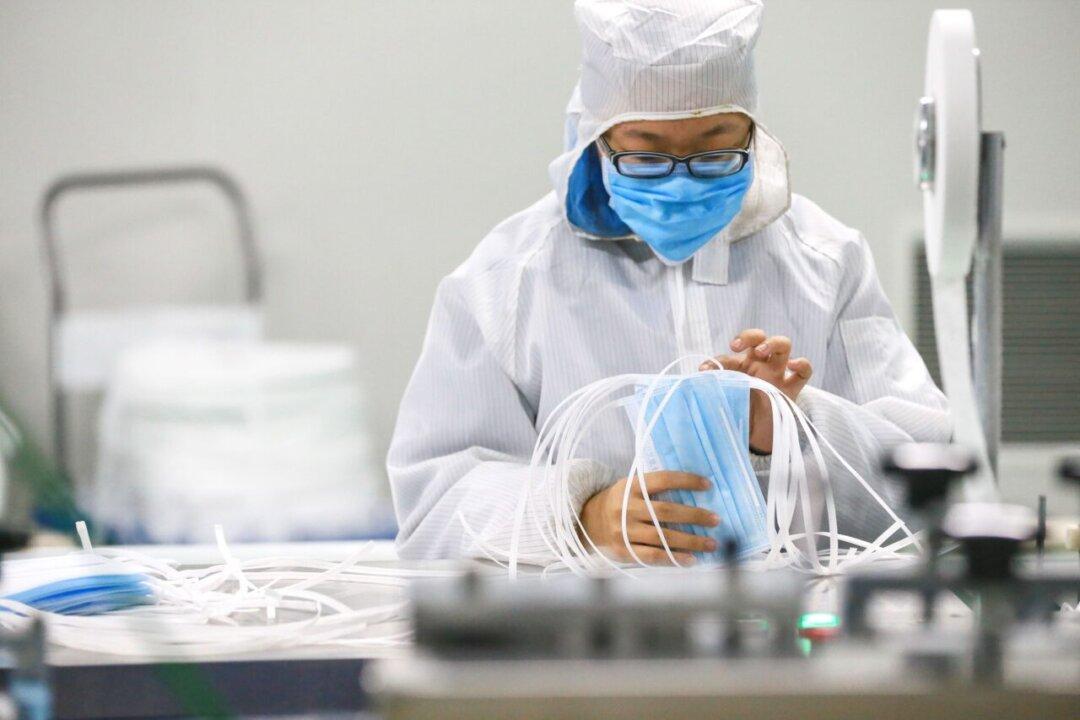Authorities in the city of Qingdao in eastern China announced three new CCP virus infections on Oct. 11, all related to a local hospital, although officials haven’t been able to trace the source of the outbreak.
On Oct. 11, authorities said the new cases—a patient being treated at the hospital, a woman who was a medical aide there, and the aide’s husband—were all related to the Qingdao Chest Hospital and shut the facility.





